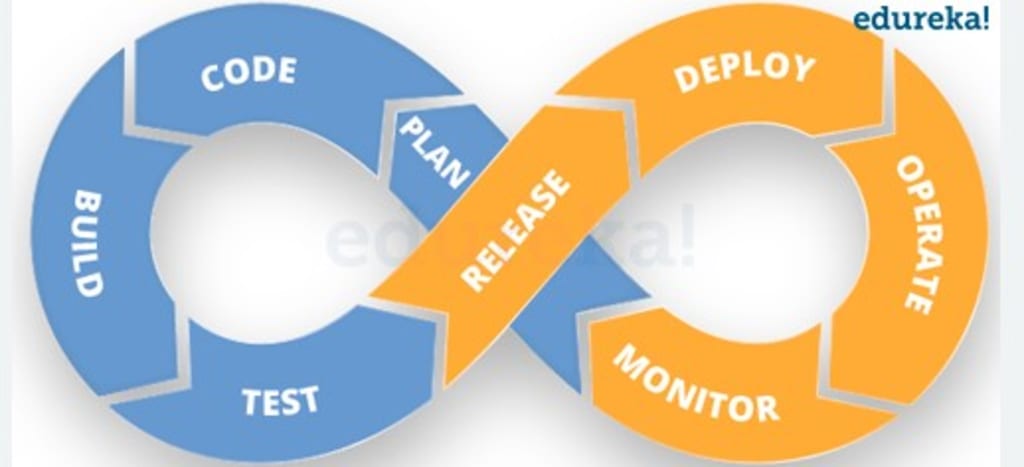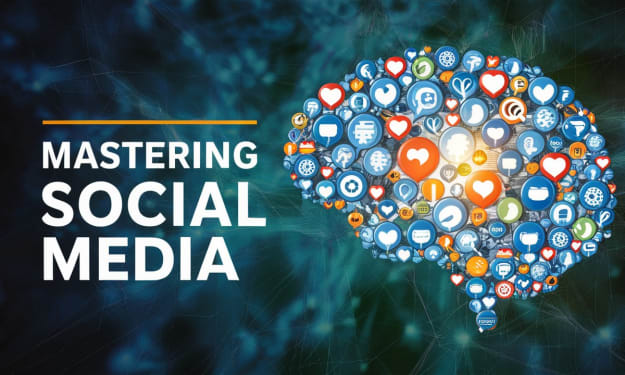What is CI in Devops?
Continuous Integration, development teams can identify integration problems early in the development cycle, minimize conflicts, and ensure that the codebase remains stable.

In DevOps, CI stands for Continuous Integration. It is a software development practice that involves frequently integrating code changes from multiple developers into a shared repository. The main goal of CI is to automate the process of code integration and enable teams to detect and address integration issues early in the development cycle.
Continuous Integration helps teams catch integration problems early, promotes collaboration, and enables the development of high-quality software with fewer conflicts. It forms the foundation for other DevOps practices such as Continuous Delivery (CD) and Continuous Deployment (CD), where software changes are automatically deployed to production environments. By obtaining DevOps Training, you can advance your career in DevOps. With this course, you can demonstrate your expertise in working in Continuous Development, Configuration Management, Continuous Integration, and finally, Continuous Monitoring of software throughout its development life cycle, among various sectors and many more key concepts among others.
Continuous Integration, development teams can identify integration problems early in the development cycle, minimize conflicts, and ensure that the codebase remains stable. It promotes collaboration, rapid feedback, and the delivery of high-quality software with increased efficiency. Continuous Integration serves as a foundation for other DevOps practices like Continuous Delivery and Continuous Deployment, enabling organizations to achieve faster and more reliable software delivery.
Here are the key aspects of Continuous Integration:
Code Repository: Developers work on their code in individual branches and regularly commit their changes to a shared code repository, such as Git.
Automated Build: A CI system is set up to monitor the code repository. When changes are detected, the CI system automatically triggers a build process to compile the code and generate executable artifacts.
Automated Testing: After the code is built, automated tests are executed to ensure that the changes do not introduce any regressions or issues. These tests can include unit tests, integration tests, and other types of tests as defined by the development team.
Code Quality Checks: CI systems often incorporate code quality analysis tools that provide insights into code style, adherence to coding standards, and potential issues such as code smells or security vulnerabilities.
Feedback and Notifications: The CI system provides feedback to the development team, highlighting the results of the build process, test outcomes, and any identified issues. Notifications can be sent via email, messaging platforms, or integrated with collaboration tools.
Rapid Feedback Loop: Continuous Integration promotes a rapid feedback loop, allowing developers to quickly identify and resolve integration problems, reducing the time it takes to detect and fix issues.
Customizable Visualizations: Power BI Desktop offers a wide range of customizable visualizations. Users can modify colors, fonts, layouts, and interactions to create personalized and engaging reports that best represent their data.
Advanced Data Modeling: Power BI Desktop provides advanced data modeling capabilities, including the ability to create hierarchies, define calculated tables, and implement complex relationships between tables. This enables users to create sophisticated data models to support in-depth analysis and exploration.
DAX Formula Language: Power BI Desktop utilizes the Data Analysis Expressions (DAX) formula language. DAX allows users to create complex calculations, custom measures, and aggregations within their data models. It provides a powerful and flexible way to perform calculations and create business metrics.
DirectQuery and Import Data Modes: Power BI Desktop supports two main data connection modes: DirectQuery and Import. DirectQuery allows users to connect to live data sources, enabling real-time data analysis. Import mode involves loading data into the Power BI model, providing faster performance but with static data.
Power Query Integration: Power BI Desktop incorporates Power Query, a data connectivity and transformation tool. Power Query enables users to connect to various data sources, perform data cleaning, merge data from multiple sources, and shape the data before loading it into the model.
Collaboration with Power BI Service: Power BI Desktop integrates seamlessly with the Power BI service. Users can publish their Power BI Desktop files to the service, enabling collaboration, sharing, and access to reports and dashboards across teams and organizations. Changes made in Power BI Desktop can be synchronized with the Power BI service for real-time updates.
Regular Updates: Microsoft regularly releases updates and new features for Power BI Desktop, introducing enhancements, bug fixes, and additional functionality. Users can stay up-to-date with the latest improvements by downloading the latest version of Power BI Desktop.
About the Creator
Enjoyed the story? Support the Creator.
Subscribe for free to receive all their stories in your feed. You could also pledge your support or give them a one-off tip, letting them know you appreciate their work.





Comments
There are no comments for this story
Be the first to respond and start the conversation.